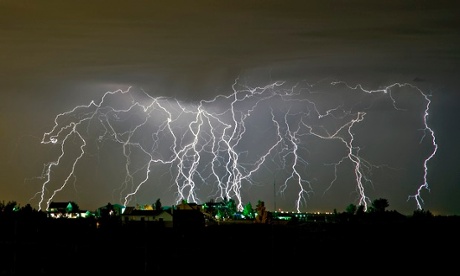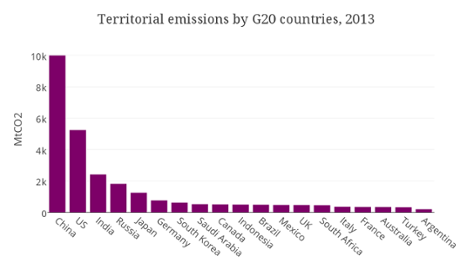Water
Initiatives Odisha (WIO) Update on Jaundice Epidemic in Sambalpur – 23rd
November 2014
Jaundice
is taking epidemic proportion in Sambalpur!
About
30 people are said to have died of jaundice in the city during the last six
months; hundreds admitted in different hospitals at the moment…
Saving
Mahanadi from pollution, correcting drinking water supply systems, initiating
proper garbage and sewerage management, regulating unhygienic food and
augmenting health facilities are urgently needed…
Sambalpur
Municipality, Odisha State Pollution Control Board (OPCB), Public Health and
Engineering Department (PHED) and Health Department have to share equal
responsibility for this…
Jaundice, in the form of Hepatitis A and Hepatitis E, is
spreading in epidemic proportion in the Sambalpur city and peripheral
areas. While the health department
officials are blaming contaminated water for this, the PHED is not taking the
responsibility. Reports from field
sources point that hundreds of jaundice affected people are admitted in various
hospitals and nursing homes at the moment.
Media reports are coming in claiming that at least 30 people have died
due to jaundice in six months.
Contaminated food and water are the main reasons for such
forms of jaundice. Industrial pollution
may be another cause.
Hepatitis A is primarily transmitted by the faecal-oral
route that is when an uninfected person ingests food or water that has been
contaminated with the faeces of an infected person. It can be food borne or
waterborne. Outbreaks of this disease,
that directly affects the liver, is usually associated with sewage-contaminated
or inadequately treated water. The
Hepatitis E too is transmitted mainly through contaminated drinking water. It
is usually a self-limiting infection and resolves within 4–6 weeks.
Occasionally, a fulminant form of hepatitis develops (acute liver failure),
which can lead to death.
Drinking contaminated water and bathing in such water can
lead to jaundice caused by these viruses.
Sambalpur has very old pipelines and many vulnerable points where the
drain water – containing faecal sludge – can enter into the pipelines, making
it the perfect grooming place for jaundice epidemic.
In June last year, our campaign’s citizen survey had
revealed the disastrous state of our water bodies, Mahanadi and the sewerage
management system. It is time to remind
what we had found out last year, as published in our factsheet:
A factsheet that was prepared based on the citizen’s
survey of Mahanadi pollution revealed that Mahanadi is a heavily polluted
stretch from Hirakud to Sambalpur.
Untreated polluted water gets drained into Mahanadi through at least 14
points between these two cities, that’s about a 15 kilometer stretch. These drains bring in about 40 Million Litre
of Sewage into the river besides about 100 Metric Tonne of solid waste that
find way to Mahanadi in different ways.
While about 40 per cent of the Sambalpur city defecates in open, at
least 10 thousand people defecate on the bank of the river itself. This is a daily health disaster as about 30
thousand people take bath in the 50 odd ghats from Hirakud to Sambalpur.
Despite of our regular warning the Sambalpur Municipality
has miserably failed in managing the wastes and in creating sufficient public
facilities to stop open defecation.
Similarly, the Pollution Control Board has also failed in in its job of
controlling such contamination and pollution.
This can be termed criminal negligence.
There are also forms of jaundice that take place due to
heavy industrial pollution from aluminium smelters and coal fired power plants
which discharge their wastes directly into Mahanadi and other water bodies.
There is an urgent need of taking up a detailed study of all the jaundice cases
and find out the real reasons so that the menace can be controlled. We have been urging upon the state government
in this regard but it believes in the OPCB which is known for its lenience
towards industrial houses of the state. The
pollution control board’s claims that industries are not discharging wasters
into Mahanadi is completely false and ridden with vested interest. What we need is independent investigations.
At this moment, all the above mentioned departments should
step up their actions to control the jaundice from taking an epidemic
proportion. Strict regulations for
street food vendors, cleaning of all contaminated water sources, arresting
leakages in water supply pipelines and initiation of replacement of the old
ones, proper treatment of the water being supplied, augmentation of the medical
facilities in the city, increase in the public toilet facilities, monitoring of
existing toilets including individual toilets, etc. are some of the steps the
administration must initiate without further delay.
For further information, please contact:
Ranjan Panda
Convenor, Water Initiatives Odisha
Mahanadi River Waterkeeper (Member, Global Waterkeeper Alliance)
Mobile: +91-9437050103
Email: ranjanpanda@gmail.com, waterinodisha@gmail.com
==============














